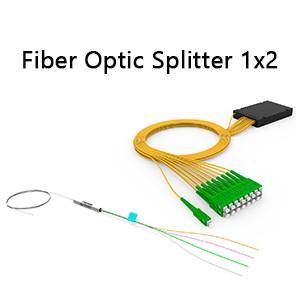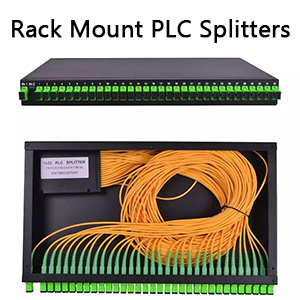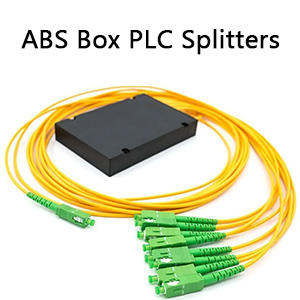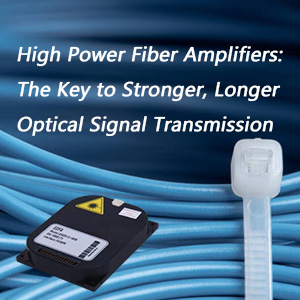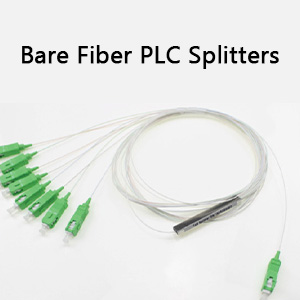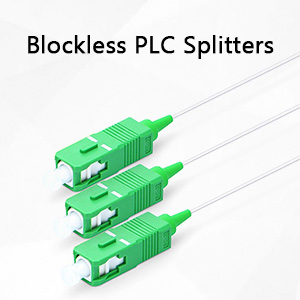Fiber Optic Attenuators, also known as optical attenuators, are passive devices integral to the management of light power in fiber optic systems. Excessive light can overwhelm fiber optic receivers, necessitating the strategic deployment of optical attenuators to modulate light intensity and optimize system performance. While multimode systems rarely require attenuators due to the lower power output of their sources, single-mode systems, particularly in long-haul DWDM networks, rely on these devices to balance optical power during transmission.
Working Principles of Fiber Optic Attenuators
Optical attenuators modulate light transmission through three distinct mechanisms: the gap-loss, absorptive, and reflective principles, each serving to fine-tune the signal strength within fiber optic networks. The gap-loss principle operates by introducing a physical gap between fibers, allowing light to spread and be partially lost upon re-entry, thus reducing signal strength. The absorptive principle leverages materials that absorb optical energy and convert it to heat, effectively reducing transmitted power. The reflective principle involves materials that scatter light, introducing interference and further diminishing the light’s intensity.

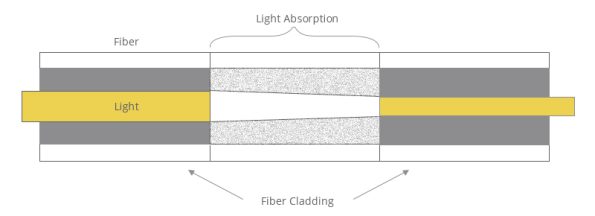
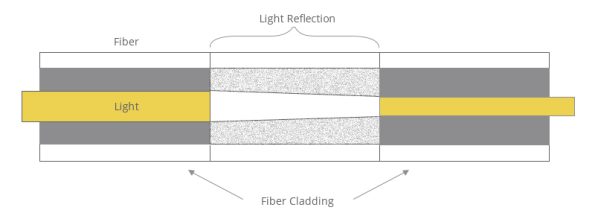
Types of Fiber Optic Attenuators
Fiber optic attenuators manifest in various forms, tailored to meet the diverse requirements of optical communication systems. They are broadly categorized into fixed optical attenuators (FOA) and optical variable attenuators (VOA). Fixed attenuators provide a consistent level of attenuation, expressed in decibels, and can be implemented using doped fibers, misaligned splices, or total internal reflection. Variable attenuators, on the other hand, adjust attenuation dynamically, using either stepwise or continuous methods to accommodate fluctuating requirements.
When to Use Fiber Optic Attenuators?
The deployment of fiber optic attenuators is typically dictated by two scenarios within a system: managing receiver power levels and testing power level margins. When signals are too strong, attenuators can be permanently installed to reduce signal power and match the signal level appropriately. Additionally, during testing, attenuators introduce calibrated signal loss to evaluate the system’s power level margins.
In single-mode applications, such as analog CATV systems, return loss or reflectance emerges as a critical parameter, second only to the accurate attenuation value. When integrating optical attenuators into a data link, it is essential to select a model with favorable reflectance specifications and to position the attenuator at the receiver’s end. This placement facilitates convenient testing and adjustment of receiver power levels and ensures that any reflectance is further reduced on its path back to the source.
Fiber optic attenuators stand as indispensable passive components, pivotal to the seamless operation of optical communication systems. As the fiber optic industry continues to innovate, we can anticipate the evolution of attenuators to feature lower costs, faster response times, and enhanced integration with other optical communication devices.



